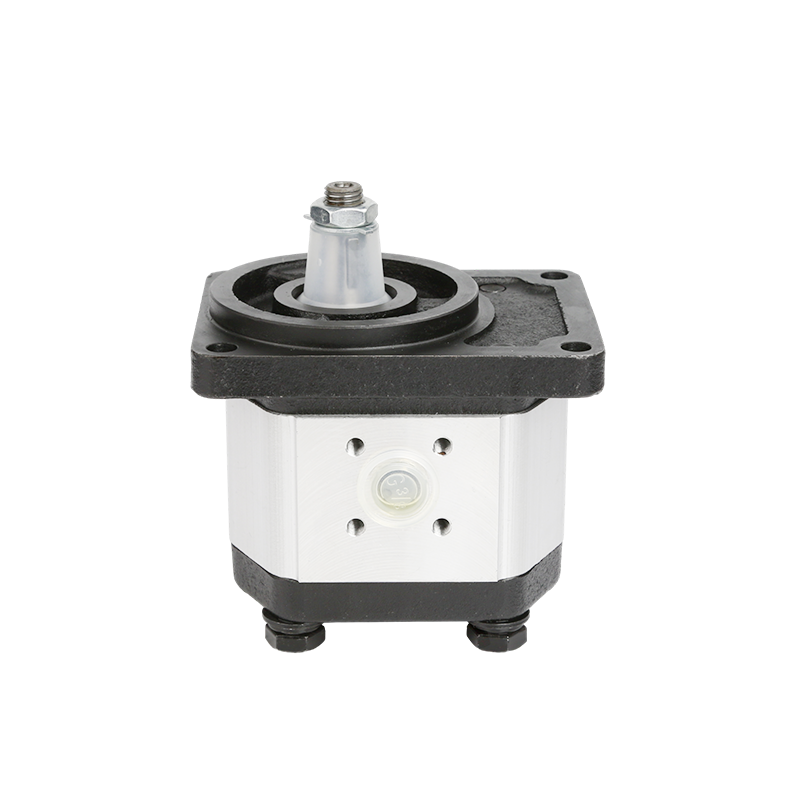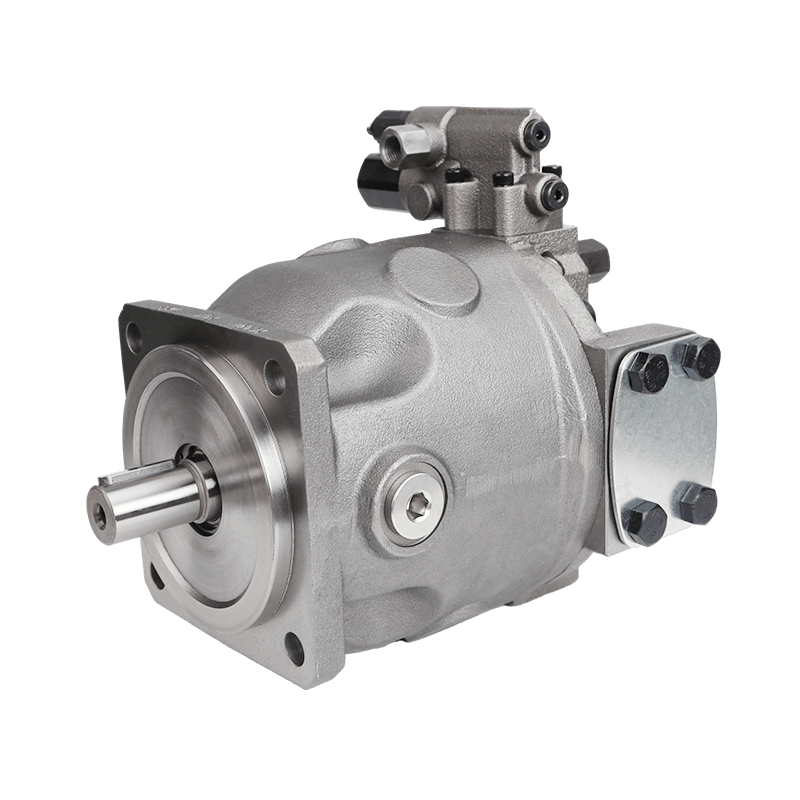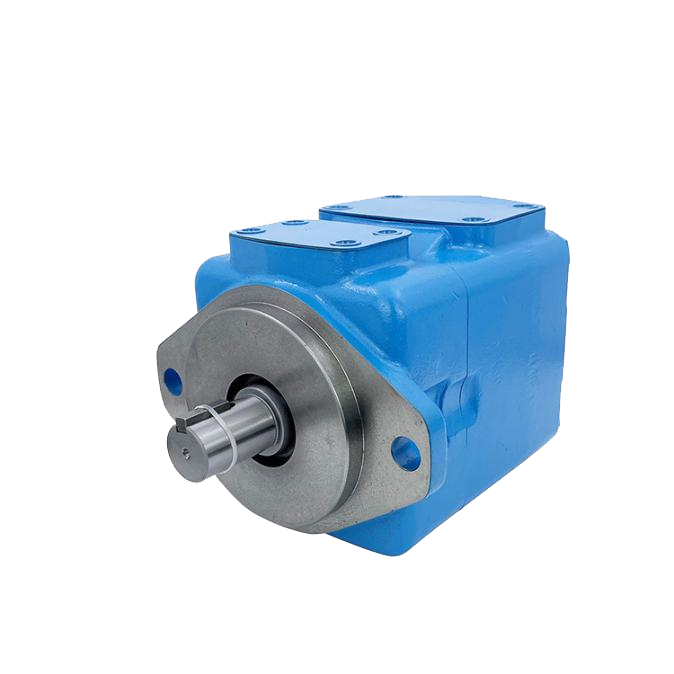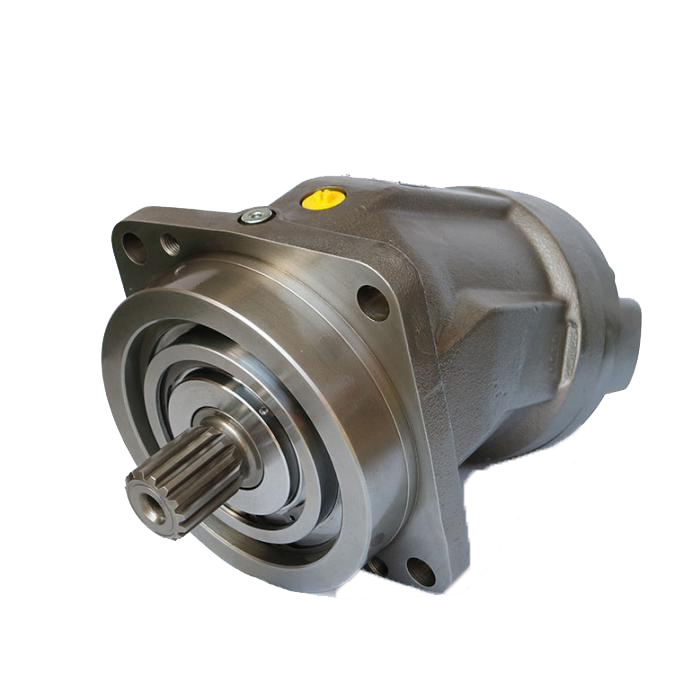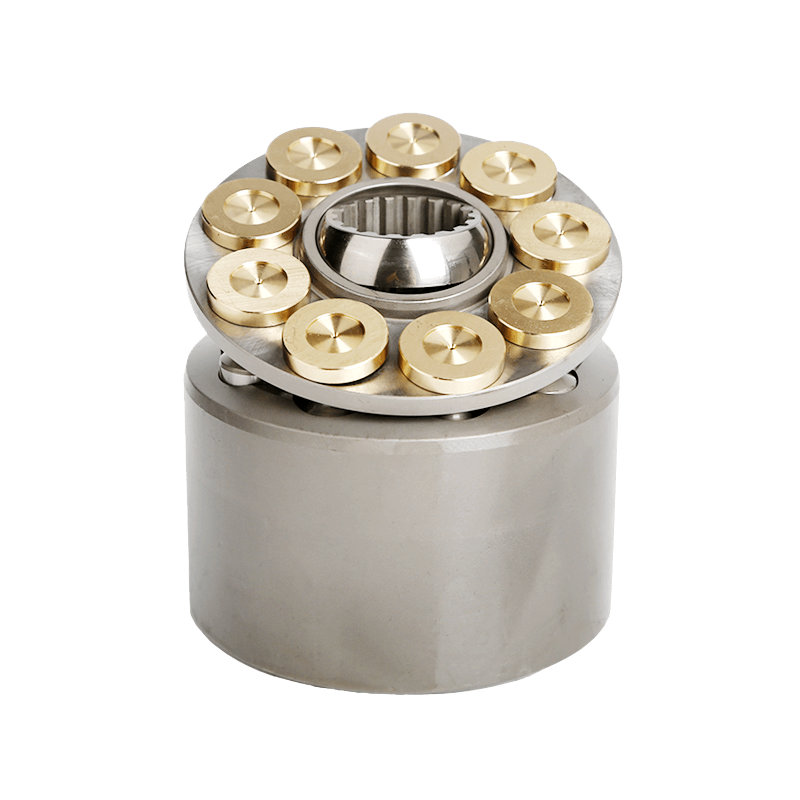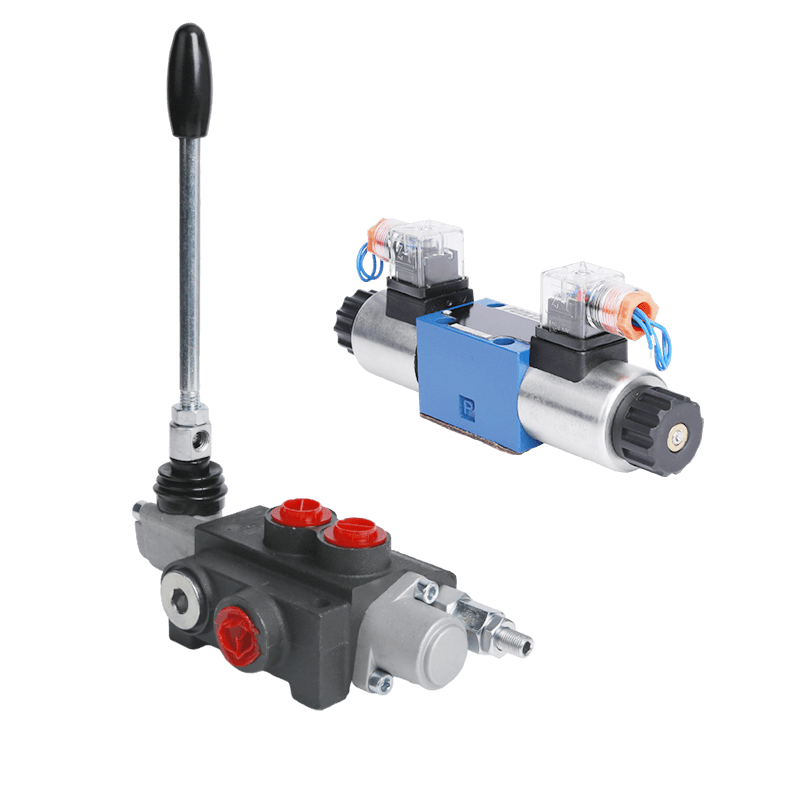Intern zahnradpumpen are fascinating machines used in many industries to move fluids. If you’ve ever wondered how does an internal gear pump work, this guide will break it down in simple terms. From their basic components to their applications, we’ll explore the internal gear pump working principle and why they’re so reliable. Let’s dive into this comprehensive look at these powerful devices.

What is an Internal Gear Pump?
Ein interne zahnradpumpe is a type of pump that moves fluid using two gears that fit together inside a casing. It’s called a rotary positive displacement pump because it traps and moves a fixed amount of fluid with each rotation. This makes it great for handling thick fluids like oil or syrup. To understand how an internal gear pump works, we first need to know its parts and types.
Definition und grundlegende Komponenten
At its heart, an internal gear pump has two main gears. These are a rotor and an idler. The rotor is the bigger, outer gear. The idler is the smaller, inner gear. They sit inside a tough pump case. A crescent-shaped divider, or seal, is between the gears in some designs. It guides the liquid. The pump has inlet and outlet holes. Liquid comes in and goes out through them. It also has bearings and seals. They keep things running smoothly.

The construction and working principle of internal gear pump depend on these parts working together. For example, the rotor turns. It moves the idler. The gears make spaces that pull in and push out liquid. Companies like POOCCA offer custom options. They let people pick materials like stainless steel for harsh liquids. This ensures the pump fits specific needs.
Types of Internal Gear Pumps
Internal gear pumps have two main kinds based on gear shapes. These are involute and cycloidal. Involute gear pumps use a crescent divider. It splits the suction and discharge areas. This helps control liquid flow. Cycloidal pumps do not need this divider. Their gears touch at one point. This makes them great for tasks needing smooth, steady flow.
POOCCA is good at making both kinds. They have series like AZPF and ALP. These are made for different fields. Knowing these kinds helps explain the internal gear pump working process. It also shows why some designs fit certain jobs.
Working Principle of Internal Gear Pumps
The internal gear pump working principle is about moving liquid with a spinning system. The gears inside the pump make a vacuum. This pulls liquid in. Then, they push it out with pressure. Let’s break down how this happens step by step.
The Rotary Positive Displacement Mechanism
The core of the internal gear pump working process is its rotary positive displacement system. The gears spin. Their teeth move apart at the inlet. This makes a vacuum that pulls liquid into the pump. This is the suction phase. Then, the gears mesh again. The space between the teeth gets smaller. This pushes the liquid toward the outlet with pressure. This is the discharge phase.
The crescent seal is important in involute pumps. It guides the liquid. It also stops it from flowing back. This smooth, steady process makes internal gear pumps very efficient.

Step-by-Step Operation Cycle
To make the construction and working principle of internal gear pump clearer, let’s go through the operation cycle. Liquid enters the pump through the inlet hole. This happens as the rotor and idler gears split apart. The rotor is powered by a motor. It spins and turns the idler gear in the same direction. The gears rotate. Liquid gets trapped in the spaces between the gear teeth and the crescent divider. The gears’ spin carries the liquid to the discharge hole. There, it leaves the pump.
This cycle repeats with every spin. It ensures a steady liquid flow. This is a simple but strong way to understand how does an internal gear pump work.
Key Differences from External Gear Pumps
Internal gear pumps are different from external gear pumps in some ways. They have a smaller design. The gears mesh inside the pump. This makes them quieter. They create less shaking. This means the liquid flows more smoothly. They are also better at handling thick liquids like asphalt or glue. This makes them a top pick for some fields.
Core Components and Their Functions
To fully understand how an internal gear pump works, we need to look at its main parts. We also need to see what they do. Each piece has a specific job. This keeps the pump running well.
Rotor and Idler Gears
The rotor is the bigger outer gear. A motor drives it. It powers the pump. The idler is the smaller inner gear. It spins on a fixed pin. The rotor drives it. Together, these gears make the suction and pressure needed to move liquid.
Crescent Partition/Seal
In involute gear pumps, the crescent divider is key. It sits between the rotor and idler. It splits the suction and discharge areas. This makes sure liquid moves the right way. It also stops leaks back.
Pump Casing and Bearings
The pump case holds everything together. It is often made from strong materials like cast iron or stainless steel. This makes it durable. Bearings support the gears. They reduce rubbing and wear. POOCCA offers custom cases for tough conditions. These include high heat or rough liquids. This ensures long-lasting work.
Advantages and Limitations of Internal Gear Pumps

Internal gear pumps have many perks. They also have some downsides. Knowing these helps explain why they are picked for certain jobs.
Advantages
One big perk is their ability to handle thick liquids. These include molasses, resins, or asphalt. They are also self-priming. This means they can start pumping with little setup. Their smooth flow and low noise make them great for exact tasks. These tasks include food processing. POOCCA’s gear pumps are built with better wear resistance. They last longer even in hard conditions.
Limitations and Solutions
Over time, internal gear pumps can have flow slip. This is when liquid leaks due to worn gaps. POOCCA fixes this with hydraulic gap designs. These keep efficiency high. The pumps are also sensitive to big solids. These can harm the gears. Adding a filter system can fix this issue. It keeps the pump running well.
Anwendungen in Branchen
Internal gear pumps are used in many areas. This is because they are flexible. Their ability to handle different liquids makes them a top choice.
Chemical and Petroleum
In chemical and petroleum fields, these pumps move solvents and lubricants. They also handle molten sulfur. Their strength and ability to manage harsh liquids make them perfect.
Food and Beverage
For food and beverage companies, internal gear pumps move thick liquids. These include chocolate, edible oils, and syrups. Clean designs ensure the pumps meet strict health rules.
Automobil und Herstellung
In automotive and manufacturing, these pumps work in hydraulic systems. They also help with lubrication and fuel transfer. POOCCA provides custom solutions for automotive clients. This ensures trusty work.
Why Choose POOCCA Internal Gear Pumps?
POOCCA is a top provider of internal gear pumps. They offer custom solutions and high-quality products.
Customization Services
POOCCA designs pumps to fit specific needs. These include unique flow rates, pressures, or materials. For example, they offer PTFE seals for handling acids. They also provide branding options. These include custom nameplates and packaging. This meets client wishes.
Qualität und Zuverlässigkeit
With over 20 years of experience, POOCCA uses ISO-certified processes. This ensures great quality. Their pumps come with a 12-month warranty. They also offer global tech support. This gives customers peace of mind.
Abschluss
Internal gear pumps are efficient, flexible machines. They play a big role in many fields. Their smart design handles thick liquids well. The internal gear pump working principle makes them a trusty choice. This is true for food processing, automotive, or chemicals. These pumps deliver smooth, steady work.
Improve your liquid handling with POOCCA’s well-made gear pumps. Kontaktieren Sie uns today for a custom solution that fits your needs!

